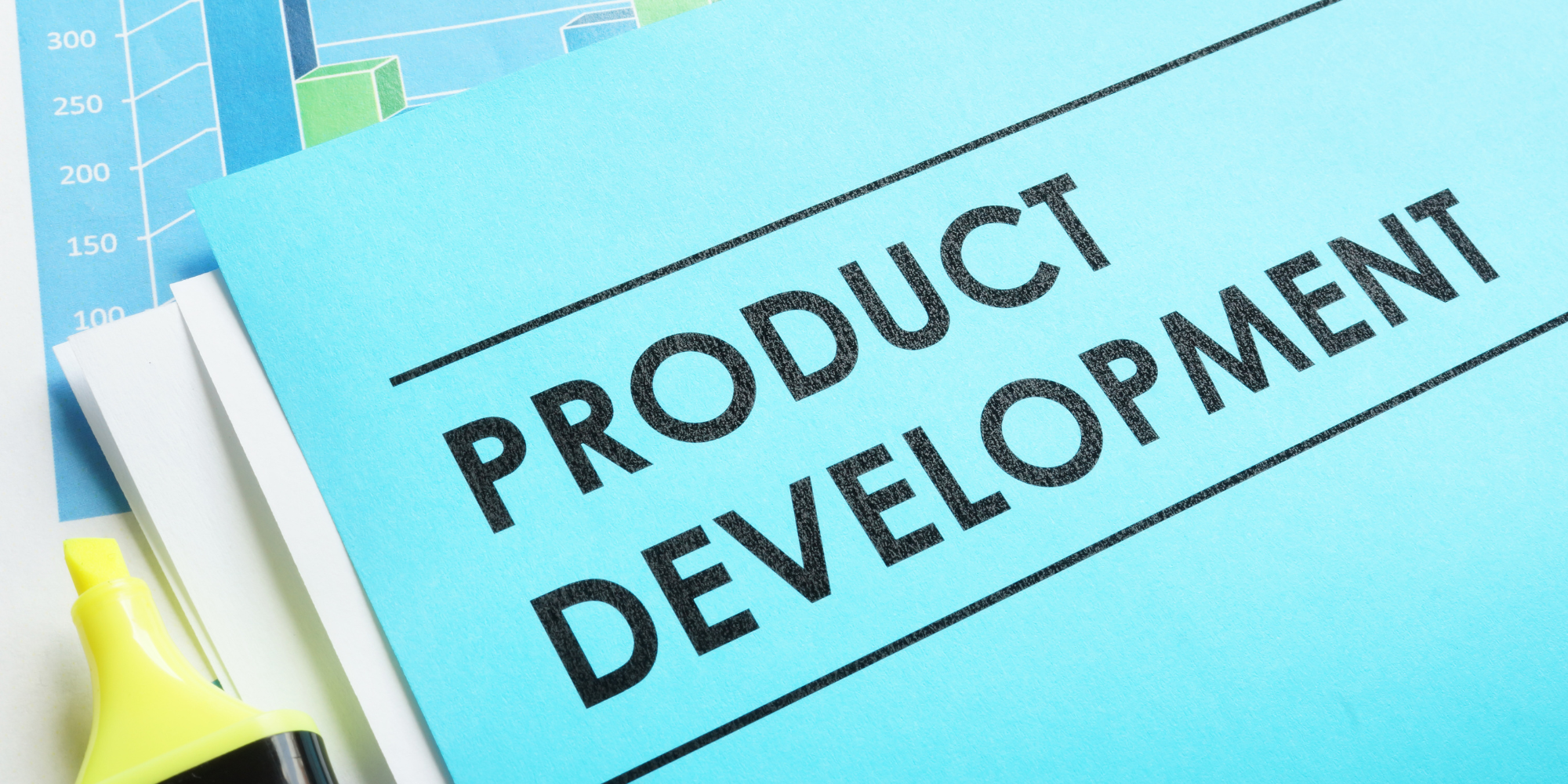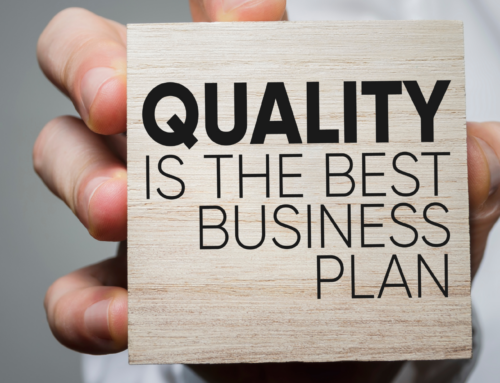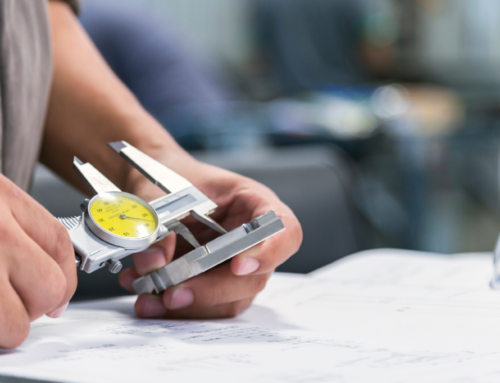What is Designing For Manufacturing? HBI’s Guidelines to a Successful Product Development Process

January 24, 2023
What is Designing for Manufacturing “DFM”?
Designing for Manufacturing, also known as “DFM,” is the process of optimizing the design of a part, product, or component to reduce costs, ensure timeline efficiency, and minimize reworks or quality concerns with the final product. The objective of DFM is to produce a functional product during the product development process. You want your product or part to actually work, don’t you? DFM offers many benefits, as this process typically occurs in the early stages of product development, such as the design and engineering phase of a project’s life cycle. Through artistry, innovation, and today’s most advanced technology, DFM provides businesses with greater customer gratification, better quality, and the opportunity to lower product costs.
Why are businesses choosing to pursue DFM?
DFM maximizes the manufacturing process to identify the customized balance between cost and quality. Ultimately, the primary goal of DFM is to become more efficient in the manufacturing process to lessen expenses while simultaneously ensuring optimum product, part, or component quality and functionality. DFM also enables the collaboration of all stakeholders (for HBI’s DFM process, this includes the participation amongst our team, customers, suppliers, and engineers.)
 Question everything, “is it even possible?”
Question everything, “is it even possible?”
To ensure the DFM process is successful, it’s critical to question every aspect of operations. Whether your team is looking over initial product drawings or designs or reverse engineering a specific part or component, it’s essential to take time, gather as much information as possible, and ask questions. While this may seem time-consuming initially, carefully reviewing the anticipated production process and inquiring about every step of operations will subside once approved. This rigorous questioning and detailed review will help lessen the total production time and accelerate speed to market in the future.
Not all products that are manufactured are functional. Having a team of qualified engineers facilitate and review product designs/drawings are an essential component of DFM. Through the collaboration of project managers, customers, and engineers, this communication and teamwork enable a thorough review of specifications, manufacturing tolerances, and the anticipated production process to identify strengthening areas and remove any excess waste.
If something doesn’t look right or isn’t functioning correctly, this is the most suitable time to take your time, assess the situation, and make adjustments.
Selecting the best supplier for the job
 In the DFM process, choosing the supplier to produce your product is essential. Supplier size, access to materials, production processes, and employees are important aspects to ensuring the operation of DFM will happen as anticipated. When selecting your supplier, confirm that they can do what you’ve asked.
In the DFM process, choosing the supplier to produce your product is essential. Supplier size, access to materials, production processes, and employees are important aspects to ensuring the operation of DFM will happen as anticipated. When selecting your supplier, confirm that they can do what you’ve asked.
- Does their production process meet your requirements? Your customers’ requirements?
- Are they capable of selecting the best material for the product?
- Is this supplier reliable?
- What qualifies this supplier to ensure Good Manufacturing Processes (GMP)?
- Does the supplier comply with all necessary safety standards?
- Are the products being produced meeting all quality standards?
Suppliers need to understand the expectations of DFM and be willing to work with you and your team every step of the way. Suppliers must be willing to invest in the DFM process for it to succeed. They must be compliant, prepared to communicate clearly, agree to be 100% transparent, and work well with all stakeholders.
What are the benefits of DFM?
 Designing for Manufacturing can significantly impact lead times and anticipated production timelines. If the process is done correctly, DFM has the potential to reduce reworks and prevent manufacturing complications, ensuring a product’s smooth sailing through the production process to the finish line. Reworks and production malfunctions take time to recover from, which is why DFM plays such a significant role.
Designing for Manufacturing can significantly impact lead times and anticipated production timelines. If the process is done correctly, DFM has the potential to reduce reworks and prevent manufacturing complications, ensuring a product’s smooth sailing through the production process to the finish line. Reworks and production malfunctions take time to recover from, which is why DFM plays such a significant role.
Businesses are seeking options to reduce cost and optimize production by minimizing errors, lessening the risk of possible production delays, and eliminating the potential for reworks, all while improving time to market and simultaneously reducing cost.
After validating the DFM process, businesses should feel confident in their supplier and the parts/products being produced. There should be fewer engineer modifications, and operations should run smoothly. Products should function precisely as intended, all while customers, suppliers, and remaining stakeholders feel confident in the quality and process.
How does HB International assist in the DFM process?
 Our team consists of project managers, quality assurance, working with incredibly talented engineers, and qualified suppliers. Our team is BRCGS, FSSC, and ISO certified to qualify your supplier based on your specific standards and needs, as well as our own. With our team located within the proximity of our suppliers, it enables HBI to have the ability to complete in-person supplier audits and quality inspections. The opportunity for our team to be in-person and “hands-on” with your product ensures every aspect of the development and production process is followed. The ultimate goal is to provide our customers with a final product that functions as intended, with high-quality materials, at an appropriate timeline, all at a low cost.
Our team consists of project managers, quality assurance, working with incredibly talented engineers, and qualified suppliers. Our team is BRCGS, FSSC, and ISO certified to qualify your supplier based on your specific standards and needs, as well as our own. With our team located within the proximity of our suppliers, it enables HBI to have the ability to complete in-person supplier audits and quality inspections. The opportunity for our team to be in-person and “hands-on” with your product ensures every aspect of the development and production process is followed. The ultimate goal is to provide our customers with a final product that functions as intended, with high-quality materials, at an appropriate timeline, all at a low cost.
HB International remains a reliable sourcing agent for our customers as we hold incredibly high standards of quality and supplier expectations while ensuring a quicker time to market for your product and low costs are achieved.
HBI’s team regularly visits our suppliers to provide face-to-face communication, on-site pre-production, and pre-shipment inspections and build on our established relationships.
Designing for Manufacturing has many benefits, and we’re here to help you get started. Fill out the form below and let us know how we can work together!






